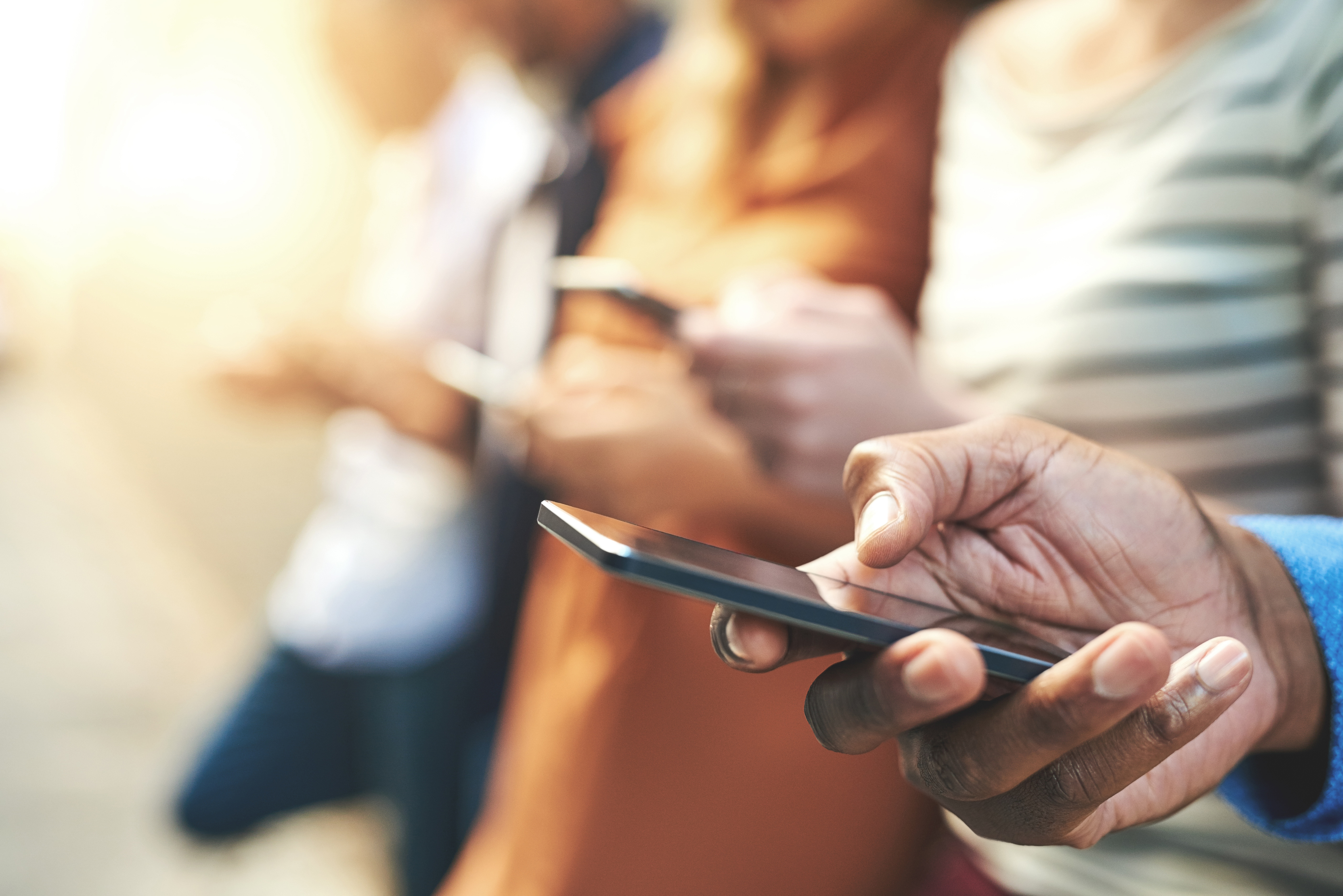Jessica Cruz
More Americans have access to the internet than ever before, but mode of access may vary depending on who you are and where you live. According to a survey done by the Pew Research Center [1], the percentage of Americans with incomes less than $30K that rely only on their smartphones to access the internet has doubled since 2013 from 13% to 27% in 2021. This is a sharp increase when compared to Americans with higher incomes, where reliance on smartphones for internet access only increased from 7% to 11% during the same time frame. The story these data tell us is straightforward: As smartphone plans become cheaper and more accessible, smartphones have become the easiest way for low-income Americans to go online. Simultaneously, much of the critical information needed to learn about and apply for public benefits, such as food, housing, cash, and other forms of assistance, are increasingly available through websites. This means that low-income Americans are more likely to use their smartphones to complete tasks that are better suited for larger screens.
This difference in Americans’ reliance on smartphones to access the internet may influence the activities they engage in. For example, when the Pew Research Center asked smartphone owners what they use their phone for, they found that when compared to their wealthier peers, lower income Americans were more likely to get information about jobs or apply for jobs and less likely to search for information about government [2]. This difference suggests that lower income Americans’ reliance on their smartphones for internet access may make it more difficult for them to engage with their government online.
There is some evidence in support of this point. When looking at Code for America research assessing the accessibility of each state’s public benefits [3], the majority of states did not have any of their applications for food, medical, and cash assistance compatible with a smartphone, as shown by the bar graph below.

The “Some” category refers to states who have at least one but not all of their applications responsive to smartphones
New Jersey is one of the states in this majority that has none of their applications responsive to smartphones. While the government of New Jersey has been leading the nation in closing the digital divide [4], there is still much left to do. New Jersey has done a lot of work to increase accessibility to devices and broadband [5], but we need to expand our efforts to cater to how low-income people are accessing the internet. This means there will need to be reminders through text instead of email as well as more user-friendly apps. Ensuring that the applications for public benefits are accessible through smartphones can allow low-income Americans to easily apply for the resources they need.
Resources
- https://www.pewresearch.org/fact-tank/2021/06/22/digital-divide-persists-even-as-americans-with-lower-incomes-make-gains-in-tech-adoption/
- https://www.pewresearch.org/internet/2015/04/01/chapter-two-usage-and-attitudes-toward-smartphones/#job%20seeking
- https://www.codeforamerica.org/features/bringing-social-safety-net-benefits-online/
- https://secureservercdn.net/198.71.233.204/48c.f95.myftpupload.com/wp-content/uploads/2021/01/WRNJ-Digital-Divide-Dec-2020.pdf?time=1609881061
- https://statescoop.com/new-jersey-closed-digital-divide/

